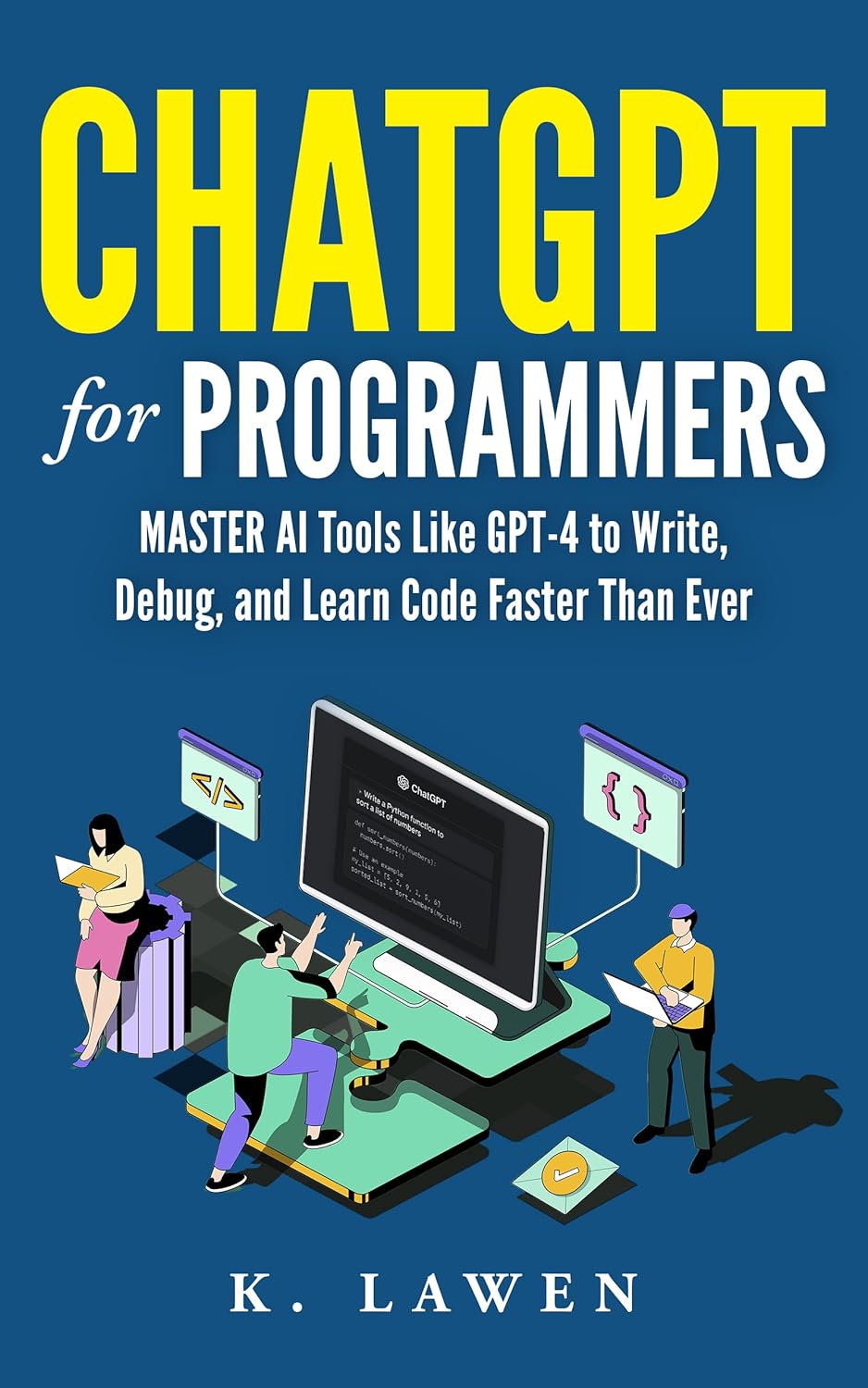Remember the last time you were stuck? Staring at a blinking cursor, a cryptic error message, or a problem so abstract you didn’t even know how to Google it? We’ve all been there. The frustration is palpable. Now, imagine having a senior developer, a patient mentor, and a relentless debugger available 24/7 to help you break through those walls. ChatGPT For Coding
That’s the promise of ChatGPT for coders. But too many developers treat it like a magic eight ball: they ask a vague question, get a generic response, and dismiss it when it’s not perfect. The truth is, how to use ChatGPT effectively for coding isn’t about asking questions—it’s about engineering a conversation.
This isn’t just another tool; it’s a force multiplier. When wielded with skill, it can accelerate your learning, refine your architecture, and squash bugs faster than ever before. Let’s move beyond the basics and learn the art of the prompt.
Shifting Your Mindset: ChatGPT is Your Pair Programmer, Not Your Replacement
The first step to effectiveness is a correct mindset. A study on the impact of AI assistants on programming highlighted that while they significantly increase productivity, the biggest gains come from experienced developers who know how to guide and verify the AI’s output. ChatGPT is an incredible apprentice—eager, knowledgeable, but sometimes confidently wrong.
Your role is that of the senior engineer. You define the tasks, review the code, test the logic, and integrate it into the larger system. You bring the critical thinking and deep understanding it lacks. Embrace this dynamic, and you’ll unlock its true potential.

The Art of the Prompt: Engineering Your Requests for Better Code
The single most important skill is crafting effective prompts. A vague prompt gets a vague answer. A precise, context-rich prompt gets you production-ready code.
1. Provide Maximum Context
Don’t just ask for a function; set the stage.
- Bad Prompt: “Write a Python function to connect to a database.”
- Good Prompt: “I’m using Python with SQLAlchemy and PostgreSQL. Write a secure function that establishes a connection to a database named ‘user_profiles’ on localhost. It should use environment variables for the username and password. Include proper error handling and connection closing.”
The second prompt provides technology stack, specific database type, security requirements, and code quality demands.
2. Assign a Persona
Give ChatGPT a role to steer its response style.
- Example: “Act as a senior backend engineer specializing in Rust. Explain the concept of ownership and borrowing like I’m a intermediate Python developer who understands memory management basics.”
This focuses the answer and tailors the complexity to your level.

3. Use Iterative Refinement
Rarely will your first answer be perfect. Treat it like a conversation.
- Step 1: “Generate a React component for a login form with email and password fields.”
- Step 2: “Great, now add form validation using Formik and Yup. The email must be valid, and the password must be at least 8 characters.”
- Step 3: “Now, please refactor the styled components to use CSS modules instead.”
This breaks down complex tasks and allows you to build and refine step-by-step.
Practical Applications: Where ChatGPT Shines in Your Workflow
Let’s translate theory into practice. Here are the most powerful ways to integrate ChatGPT into your daily coding ritual.
1. Debugging and Decoding Errors
This is arguably its strongest suit. Paste the exact error message and the relevant code snippet.
- Prompt: “I’m getting this error in my Django app:
IntegrityError: UNIQUE constraint failed: blog_post.slug. Here’s myPostmodel: [Paste code]. And here’s thesavemethod: [Paste code]. What’s causing this and how can I fix it?”
ChatGPT will often not only explain the error in plain English but also provide the corrected code.

2. Generating Boilerplate and Tests
Stop wasting time writing repetitive setup code.
- Prompt: “Write a pytest unit test for the following Python function. Mock the
requests.getcall to simulate a successful API response and a 404 error.” - Prompt: “Generate a basic Dockerfile for a Node.js 18 application using Express.”
3. Learning New Languages and Frameworks
Use it as an interactive tutor. Instead of watching a 2-hour tutorial on a new concept, you can dive right in.
- Prompt: “I know Vue 2. Explain the new Composition API in Vue 3 by comparing it to the Options API I’m familiar with. Provide a code example of the same component written both ways.”
4. System Design and Code Review
Leverage it as a sounding board for architectural decisions.
- Prompt: “I’m designing a microservice for handling image uploads. It needs to resize images, store them in AWS S3, and update a database. List the key components, potential bottlenecks, and recommended AWS services I should use.”
- Prompt: “Review this code for security vulnerabilities and code smells: [Paste code]. Suggest improvements.”
A Practical Example: From Vague Idea to Refined Code
Let’s see the iterative process in action.
Vague Idea: “I need a function that gets data.”
(Context):
- Prompt: “Write an async function in JavaScript using fetch to get user data from ‘https://api.example.com/users‘ and return the JSON.”
Iteration 2 (Error Handling):
- Prompt: “That’s good. Now modify it to include robust error handling for non-OK HTTP status codes and network failures.”
Iteration 3 (Refinement):
- Prompt: “Now, add a timeout abort signal that cancels the request after 8 seconds.”
With three focused prompts, you’ve guided ChatGPT from a simple one-liner to a robust, production-quality function.
Limitations and Pitfalls: Navigating the Hallucinations
Blind trust is your biggest enemy. ChatGPT can hallucinate—it generates plausible-sounding but incorrect or non-existent information.
- Always Verify: Never blindly copy-paste code into a critical project. Test it, understand it, and review it line by line.
- It’s Out of Date: Its knowledge has a cutoff date (e.g., GPT-4’s data goes up to April 2023). It won’t know about the very latest library versions or security vulnerabilities. Always check official documentation for the most current information.
- It Doesn’t “Understand”: It predicts text based on patterns. It doesn’t truly understand the why behind the code. You are the engineer; you must supply the reasoning.
| Do ✅ | Don’t ❌ |
|---|---|
| Provide detailed context and constraints. | Ask vague, open-ended questions. |
| Use it for brainstorming and learning. | Blindly copy-paste code into production. |
| Verify its output and suggestions. | Trust it with sensitive API keys or data. |
| Break complex problems into small steps. | Ask it to write your entire application at once. |
Conclusion: Code with Confidence, Not Just Code
Learning how to use ChatGPT effectively for coding is like learning to use a powerful new IDE or framework. It requires practice, patience, and a shift in approach. It won’t replace the deep knowledge and problem-solving intuition of a seasoned developer, but it will make you dramatically more efficient and effective.
Stop using it as a crutch. Start using it as a catalyst—for learning, for creating, and for pushing the boundaries of what you can build. Frame the problem, guide the conversation, and always, always review the work. Do this, and you’ll find that the blinking cursor of doubt is replaced by the flowing text of progress.




